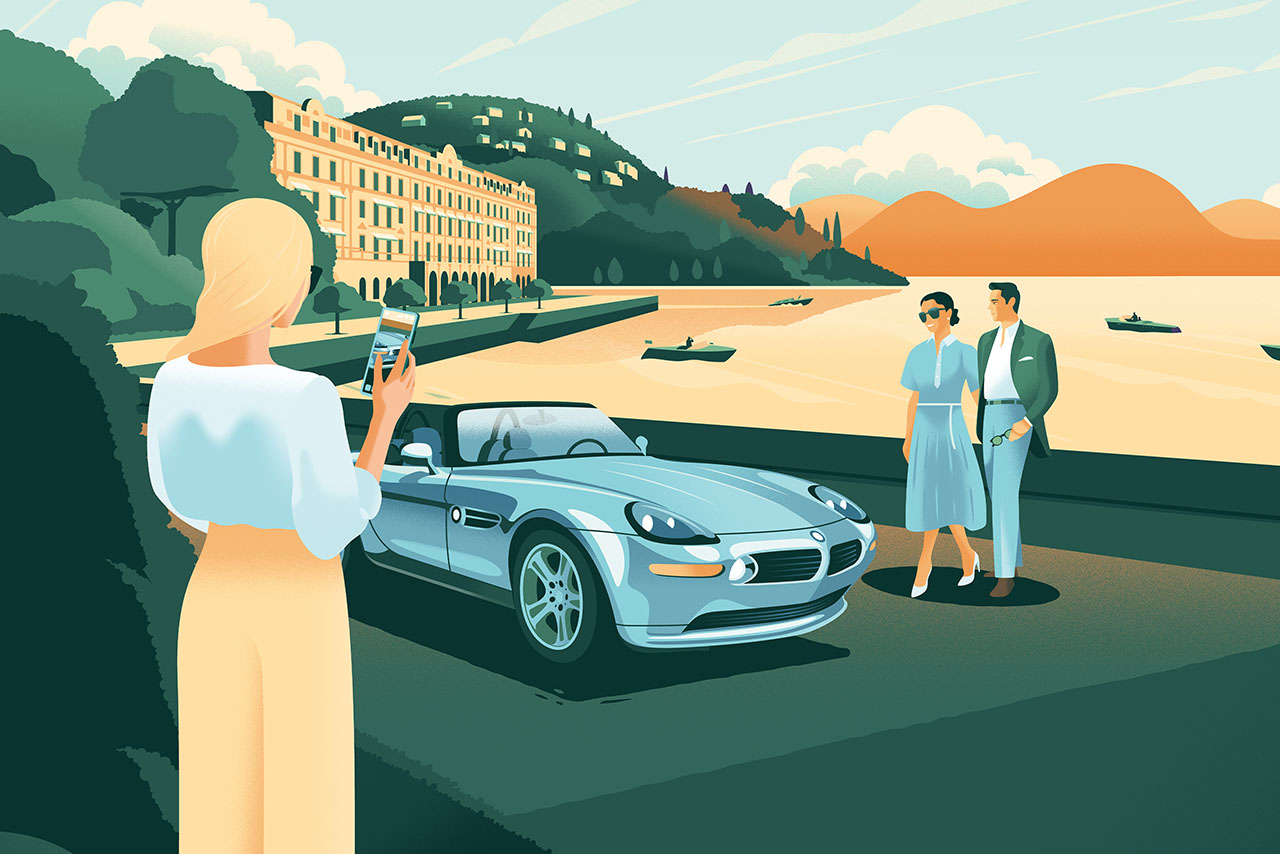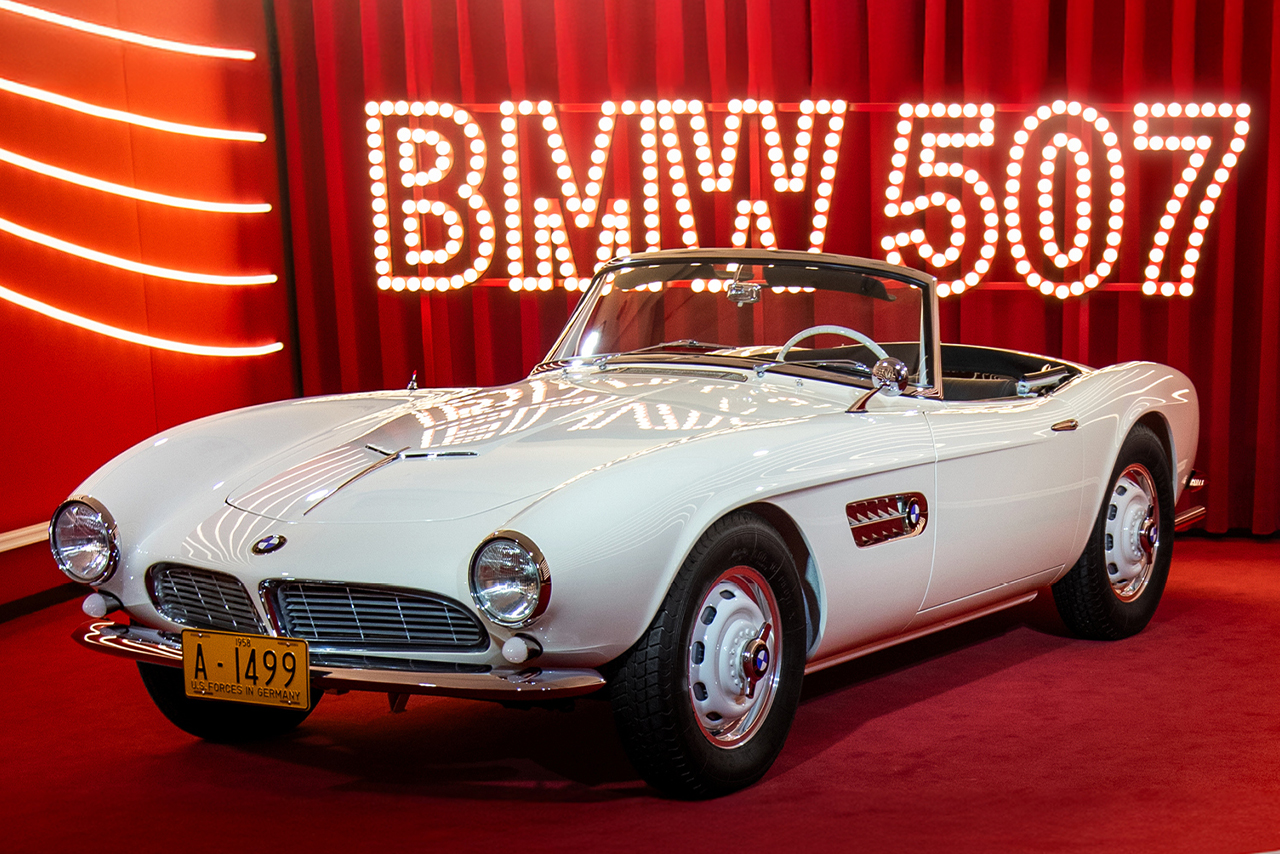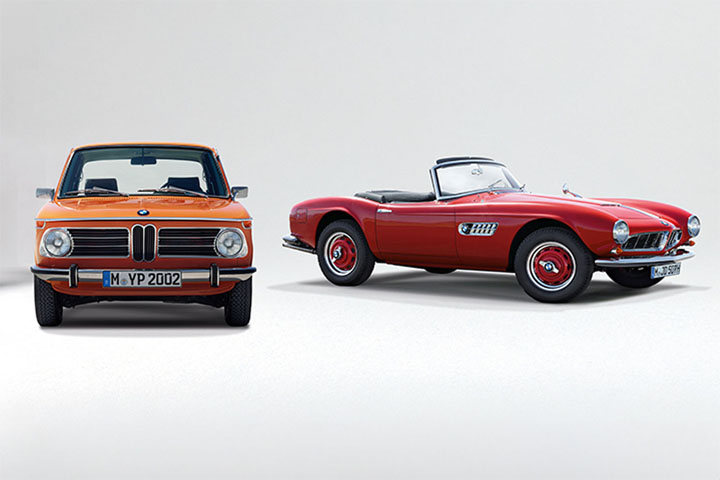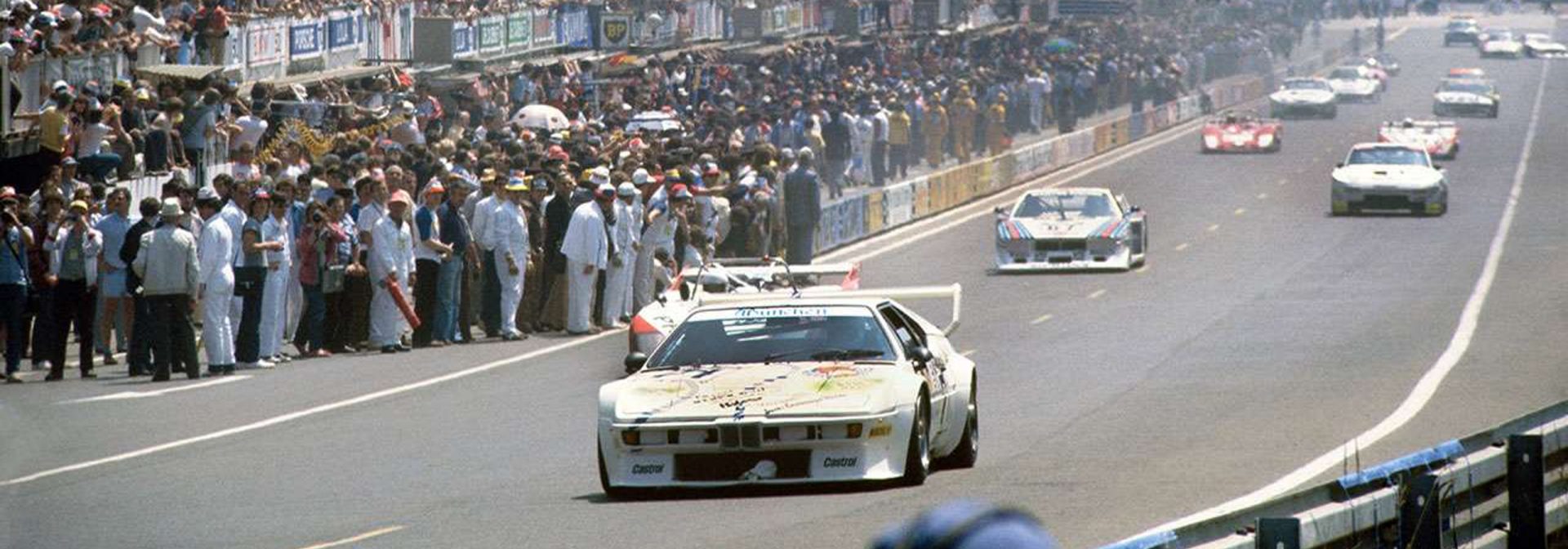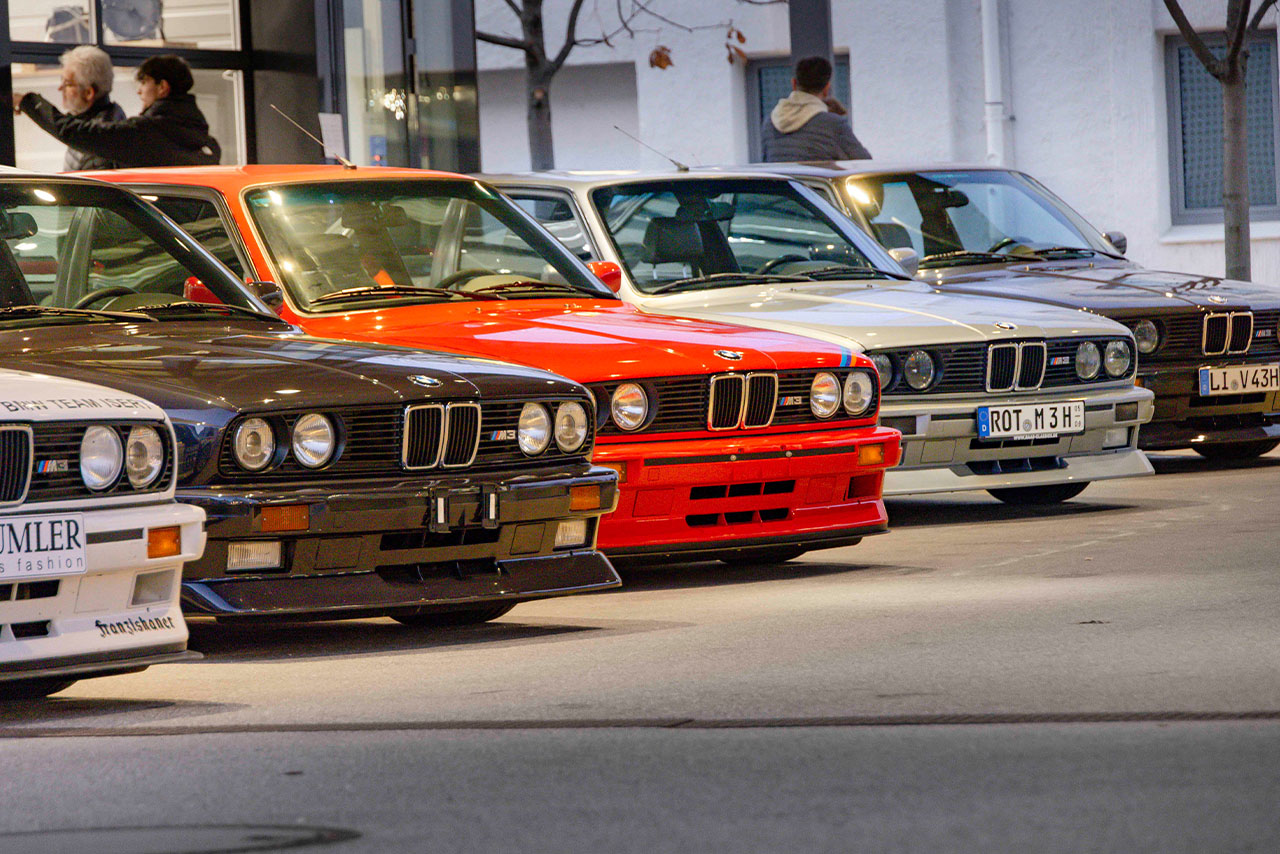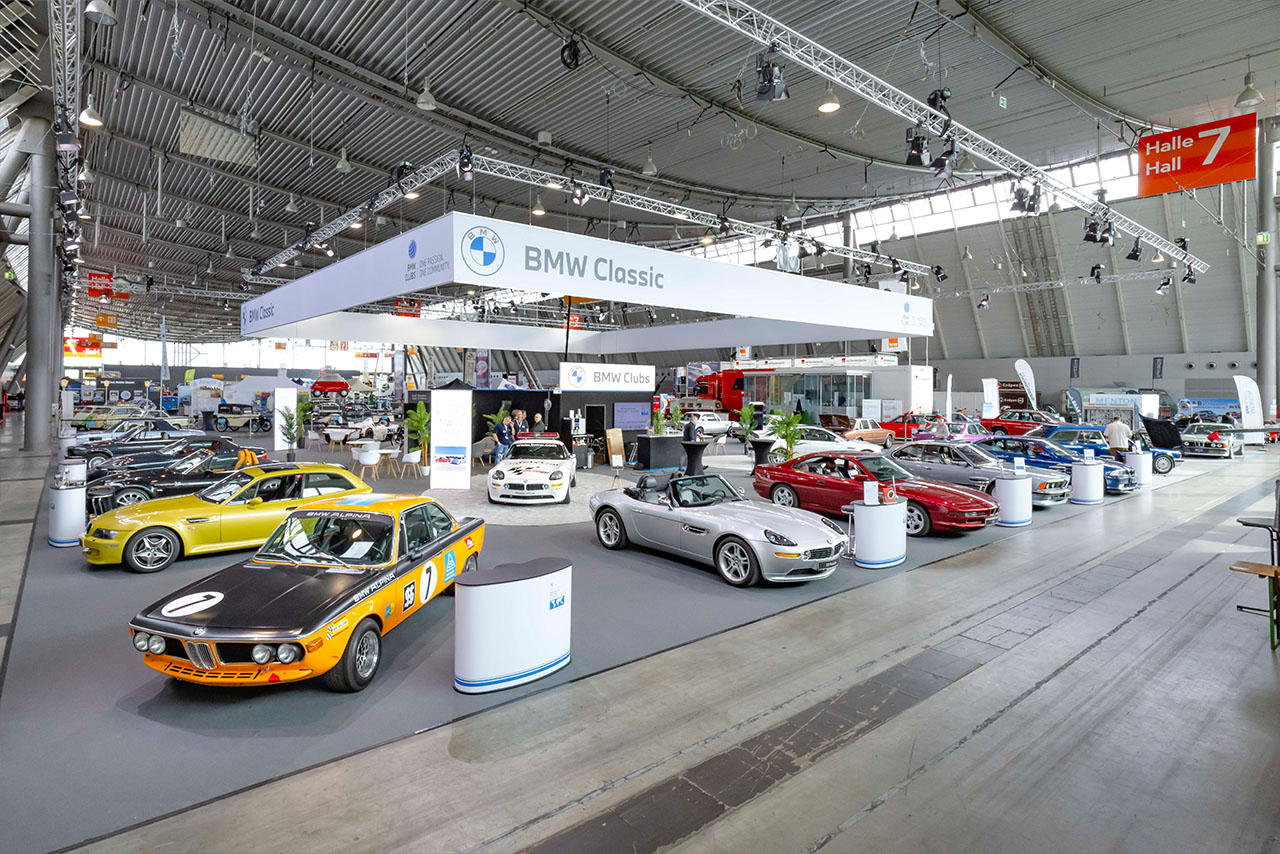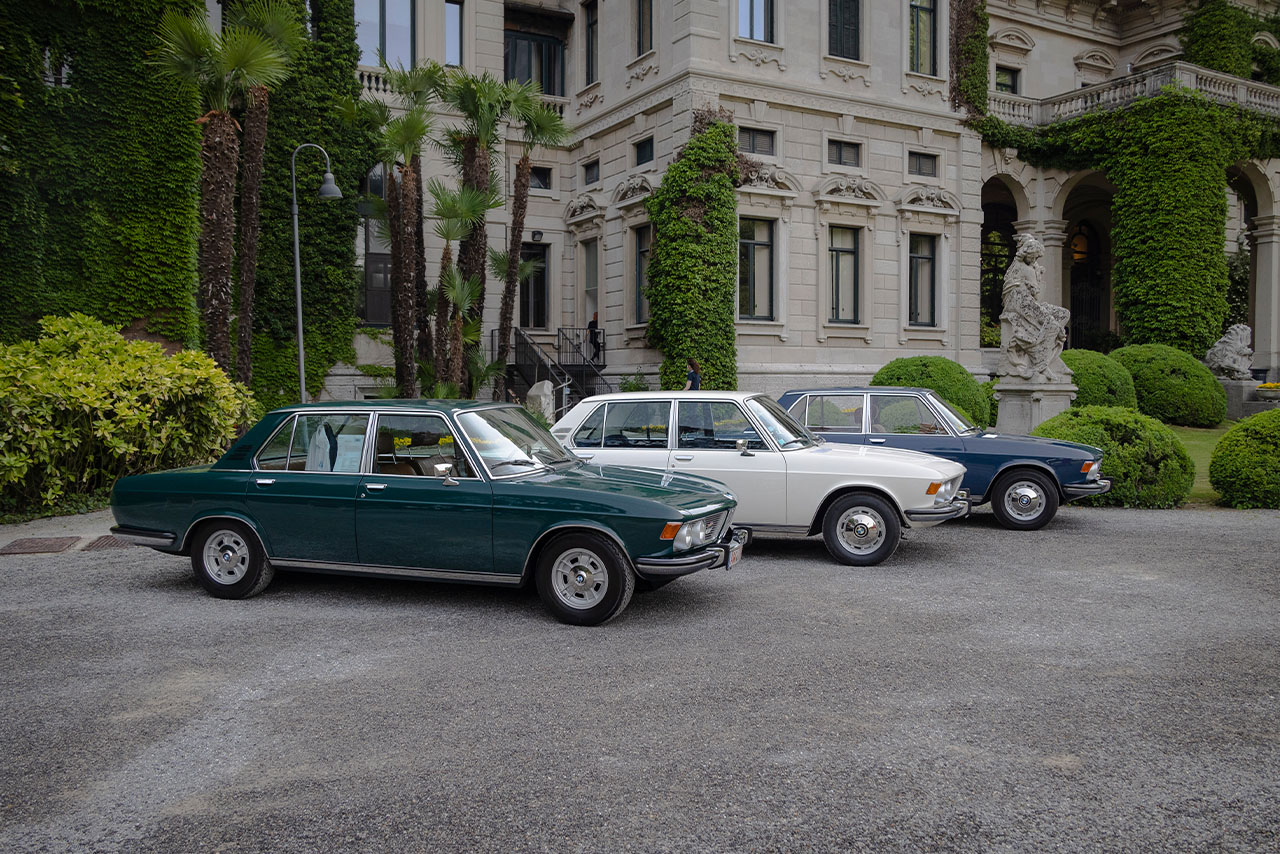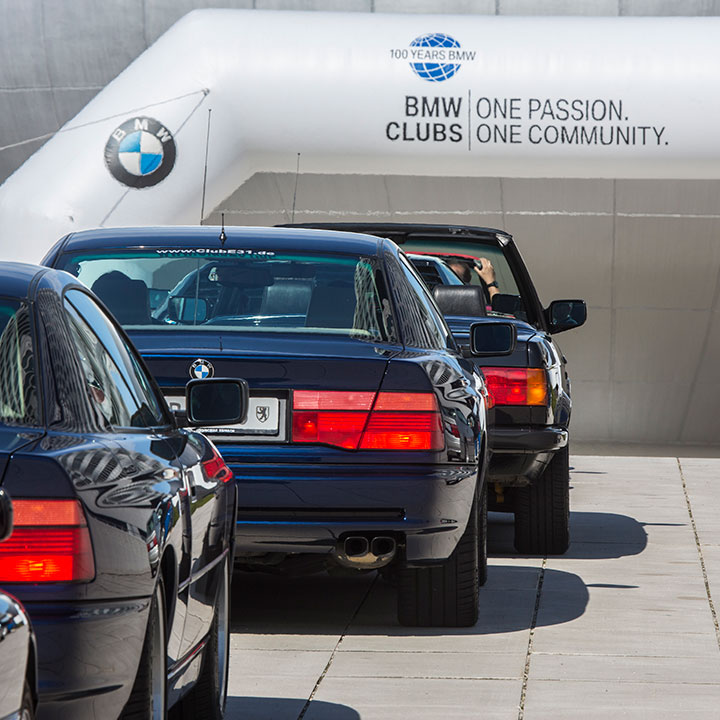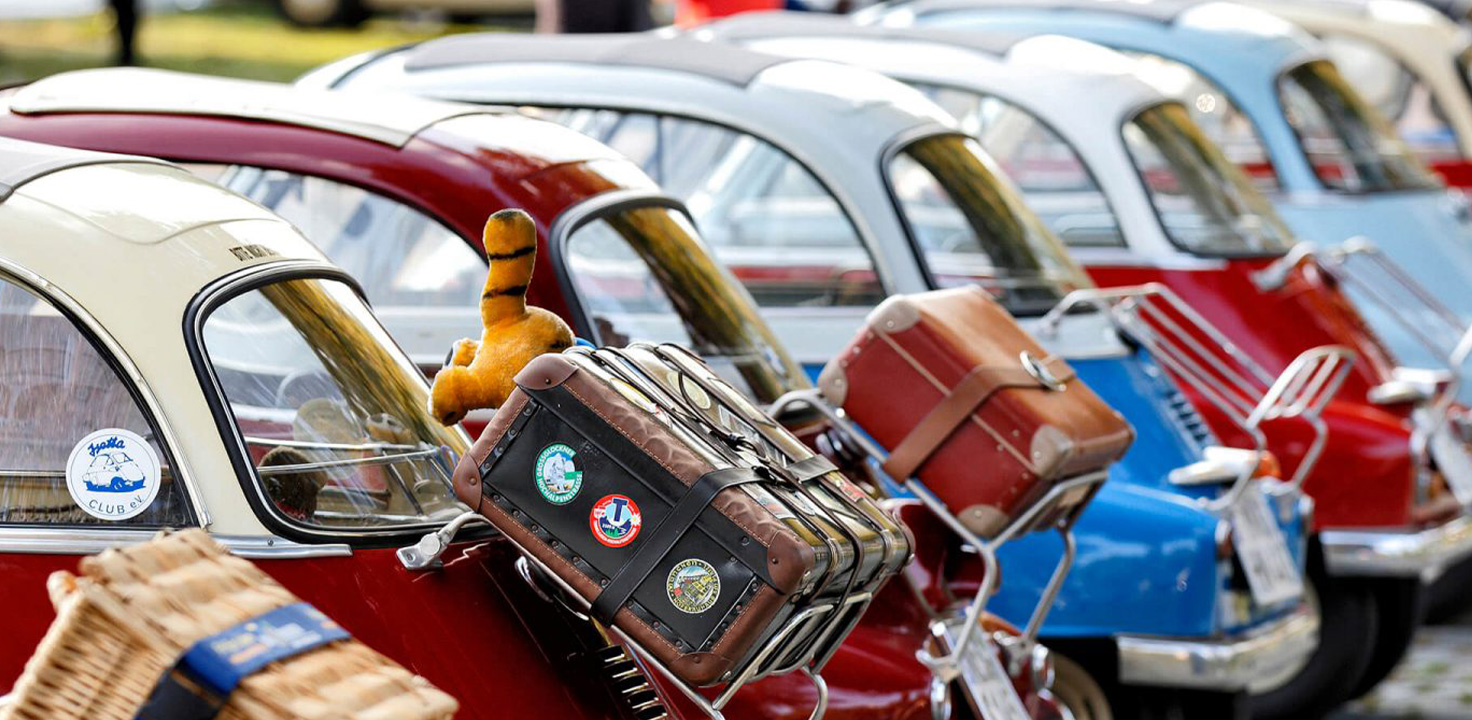BMW Group Classic organises and is involved in many events and activities. You can find all the dates and important information in the calendar on this page. Take part in the exciting BMW events yourself and visit the BMW Group Classic on site.
Regular Events.
Further Events.
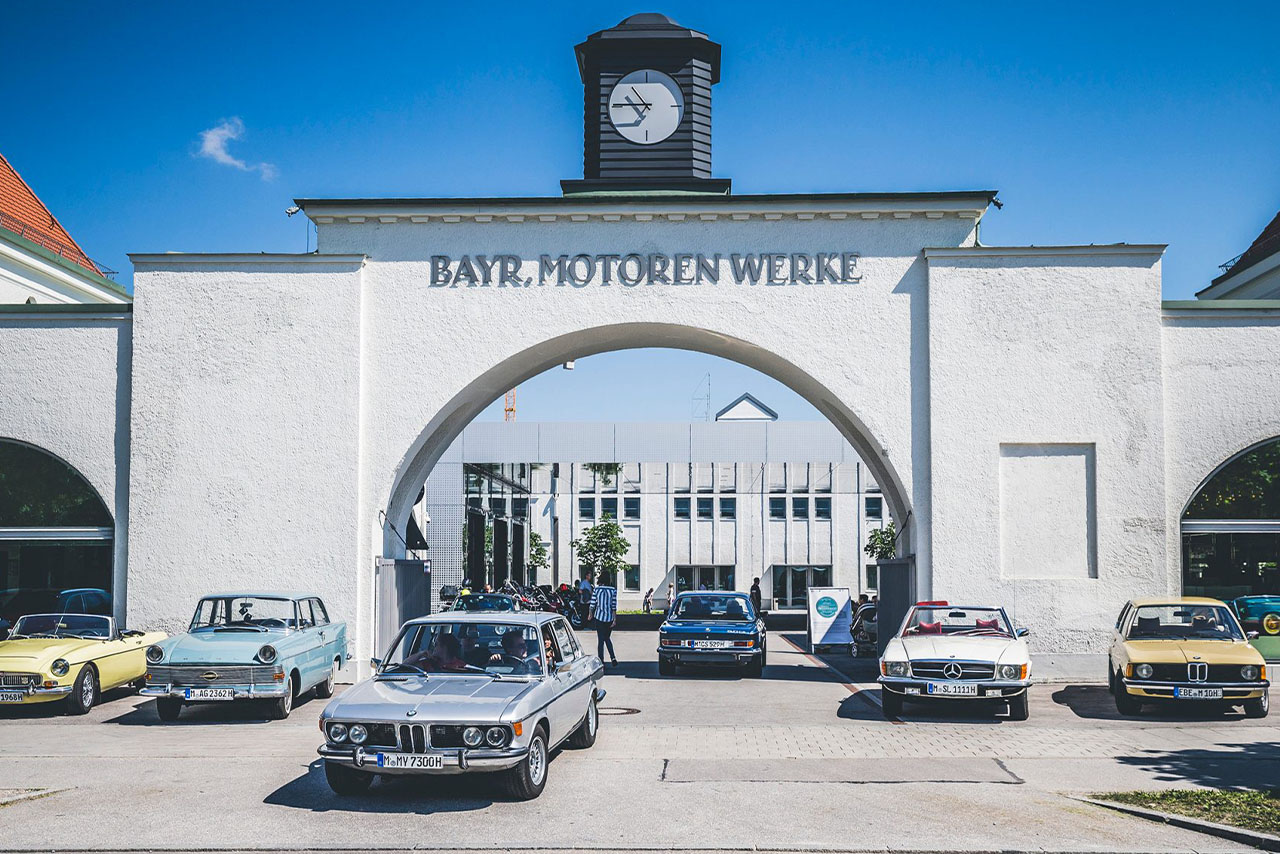
Wheels & Weisswürscht.
An impressive line-up of vehicles awaits you at the BMW Group Classic "Wheels & Weißwürscht": Well-kept classics on four and two wheels are a feast for the eyes. On selected Saturdays from May to September, visitors with classics or classics-to-be can enjoy Bavarian veal sausages and pretzels in the vehicle hall. Join us – we look forward to seeing you there.
Concorso d’Eleganza Villa d’Este.
Every year, the Concorso d'Eleganza Villa d'Este is a highlight for car enthusiasts. Visitors can admire exceptional vehicles from all eras. The design award, introduced in 2002, emphasises the combination of tradition and innovation. Since 2005, BMW has supported this competition, which awards the Coppa d'Oro Villa d'Este and the Trofeo BMW Group Best of Show to the best classic cars.
